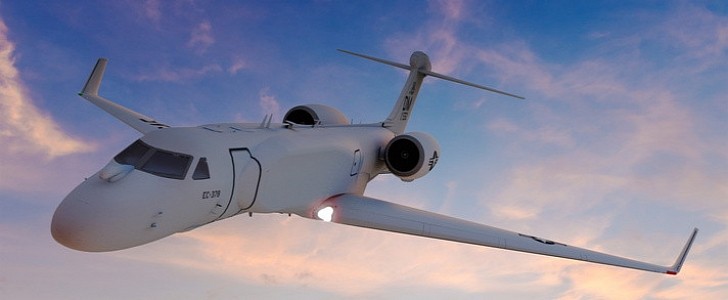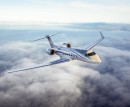Designed to combat enemy threats, the U.S. Air Force’s new Compass Call aircraft reached a significant milestone: the jet took to the skies for the first time and successfully completed its maiden flight.
Developed by BAE Systems, the Compass Call is an airborne tactical electronic warfare weapon system that disables enemy command and control communications, radars, and navigation systems.
The weapon system assists in the suppression of enemy air defenses by preventing crucial information from being transmitted between enemies, their weapon systems, and control networks. The U.S. Air Force’s Compass Call program has been in operation for four decades, ever since it provided attack capability on the EC-130H in 1981.
The EC-130H fleet has been the longest continuously deployed Air Force aircraft in the Global War on Terror, serving as an essential electronic warfare platform since 2002.
Now, in an effort to modernize its Compass Call fleet, the weapon system is being integrated by defense Contractor L3Harris Technologies onto a modern Gulfstream G550 business jet.
The plane, to be named the EC-37B Compass Call, has improved capabilities compared to the aging EC-130H. It features an increased speed, endurance, and extended standoff range, providing significantly more survivability. L3Harris is currently supporting initial modification efforts at the Gulfstream facility where the maiden flight occurred.
“The Air Force’s cross-deck initiative ensures it can continue its critical electronic warfare mission for many years,” said Luke Savoie, L3Harris president, in a statement. “Our collaboration with teammates BAE and Gulfstream will enable the Air Force to outpace its adversaries and counter emerging technologies.”
This electronic attack weapon system has a modular open system architecture, which allows for the rapid integration of new technology while also lowering the overall cost of future upgrades. Its size, weight, and power will allow the U.S. Air Force to add additional capabilities to its fleet in order to meet new mission requirements.
The weapon system assists in the suppression of enemy air defenses by preventing crucial information from being transmitted between enemies, their weapon systems, and control networks. The U.S. Air Force’s Compass Call program has been in operation for four decades, ever since it provided attack capability on the EC-130H in 1981.
The EC-130H fleet has been the longest continuously deployed Air Force aircraft in the Global War on Terror, serving as an essential electronic warfare platform since 2002.
Now, in an effort to modernize its Compass Call fleet, the weapon system is being integrated by defense Contractor L3Harris Technologies onto a modern Gulfstream G550 business jet.
The plane, to be named the EC-37B Compass Call, has improved capabilities compared to the aging EC-130H. It features an increased speed, endurance, and extended standoff range, providing significantly more survivability. L3Harris is currently supporting initial modification efforts at the Gulfstream facility where the maiden flight occurred.
“The Air Force’s cross-deck initiative ensures it can continue its critical electronic warfare mission for many years,” said Luke Savoie, L3Harris president, in a statement. “Our collaboration with teammates BAE and Gulfstream will enable the Air Force to outpace its adversaries and counter emerging technologies.”
This electronic attack weapon system has a modular open system architecture, which allows for the rapid integration of new technology while also lowering the overall cost of future upgrades. Its size, weight, and power will allow the U.S. Air Force to add additional capabilities to its fleet in order to meet new mission requirements.






